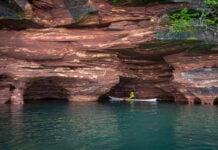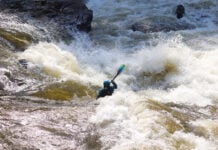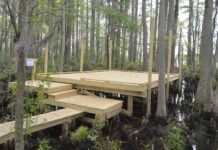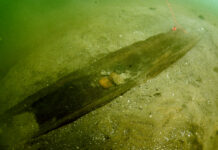My dad collects antique canoe cups. They’re these beautiful, hand-carved noggins, shaped from the burl of a tree—usually a maple. Natives and voyageurs tucked the toggles under their belts, letting the cups dangle from their waists so they were at hand when thirst struck. They would dip the cups in the water, drinking straight from the lake or river. Imagine that.
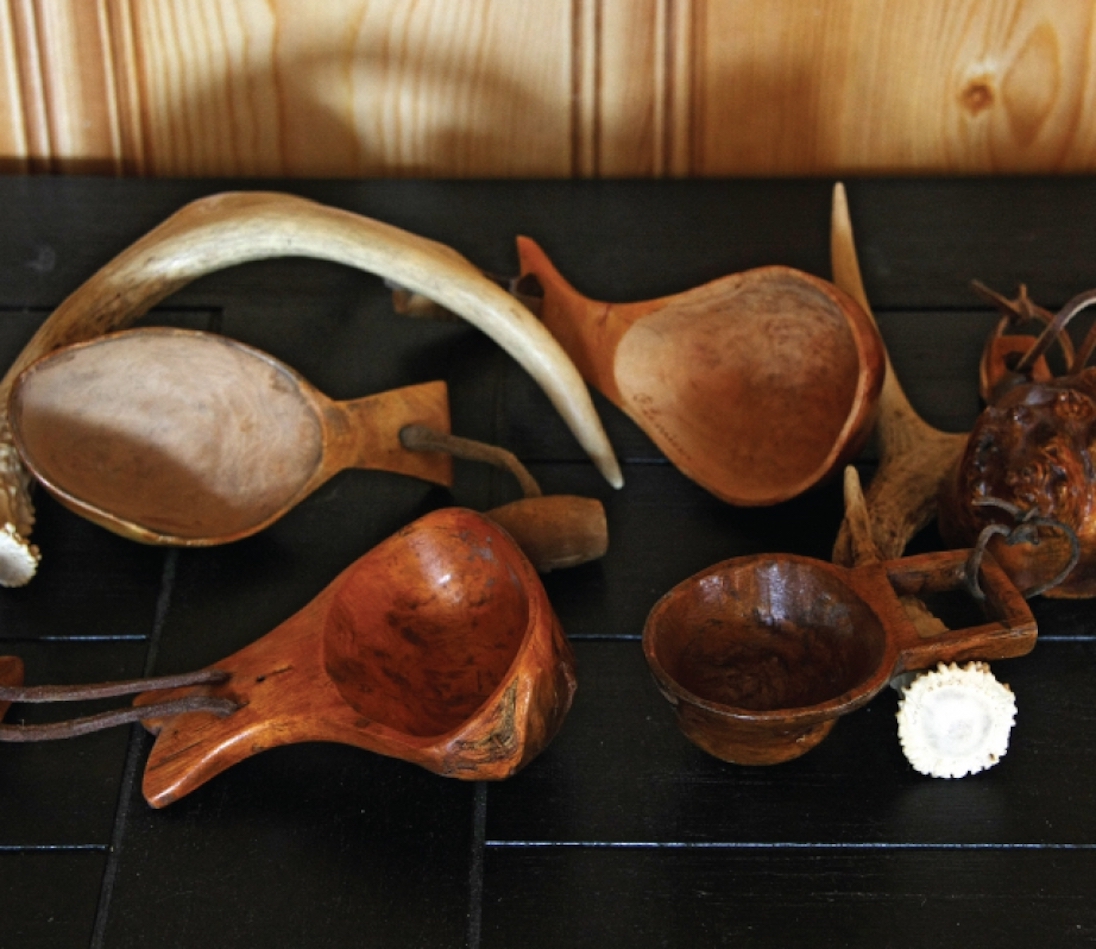
Any number of articles that cross my desk remind me that this is no longer possible. Voyageurs had to contend with beaver fever, but not industrial heavy metals or pesticide runoff.
My dad’s collection sits on display in my parents’ home. I often admire the workmanship when I visit. I also envy the simpler times when it was safe to use the cups now relegated to a shelf of artifacts. In my kit, these cups have been replaced by Nalgenes, charcoal and ceramic filters, plastic hose contraptions and chemical drops.
Still, I can’t help but be optimistic. Headlines suggest the ruin of our waterways, but I think that’s just as much a problem with reporting as it is with the environment. There are many tremendous successes in improving access and quality of our waterways.
Organizations like Oregon’s Willamette River Water Trail and the Lake Tahoe Water Trail, featured in this issue’s 13 Amazing Adventures for 2013, have created fantastic resources to get people on the water. Use it, fall in love with it, invest in it, so the theory goes. So far so good for these and many similar initiatives.
Problem is, we don’t talk about them enough. The first three pages of Google search results for “most improved rivers” reveal coverage of the same single U.K. report. Nothing from North America. Where are the stories about the 62 dams that were removed across the U.S. in the past year? They brought the total number of removals in the past 20 years to well over 800.
None of this is to say we don’t all need to do our part to continue fighting the good fight. There are big environmental problems out there and awareness is an important first stop on the road to recovery. You may have heard the Colorado River just topped American Rivers’ annual Most Endangered Rivers List released in April. It was awarded this status because of the burden placed upon it by the 40 million people that rely on it for drinking water and irrigation.
The story less told is that this list isn’t a death sentence. Quite the opposite, actually. The Chicago River, for example, was a receptacle for untreated sewage until 2011 when it showed up on the list. Later that year, the problem was solved in response to public action spurred in large part by the publicity brought on by the list.
Shouting our successes from the rooftops (and riverbanks) instills hope as well as provides models of success from which to build upon. I may never use a canoe cup risk-free, but I believe restoration projects continue to grow and that there are more amazing waterways out there than I will ever get to paddle in my lifetime.
This article originally appeared in Canoeroots Magazine‘s Early Summer 2013 issue. Subscribe to Paddling Magazine’s print and digital editions here, or browse the archives here.
This is editor Michael Mechan’s final issue of Canoeroots. He plans on dedicating more time to exploring some of these reclaimed waterways.
Now that’s using your noggin. | Photo: Michael Mechan




